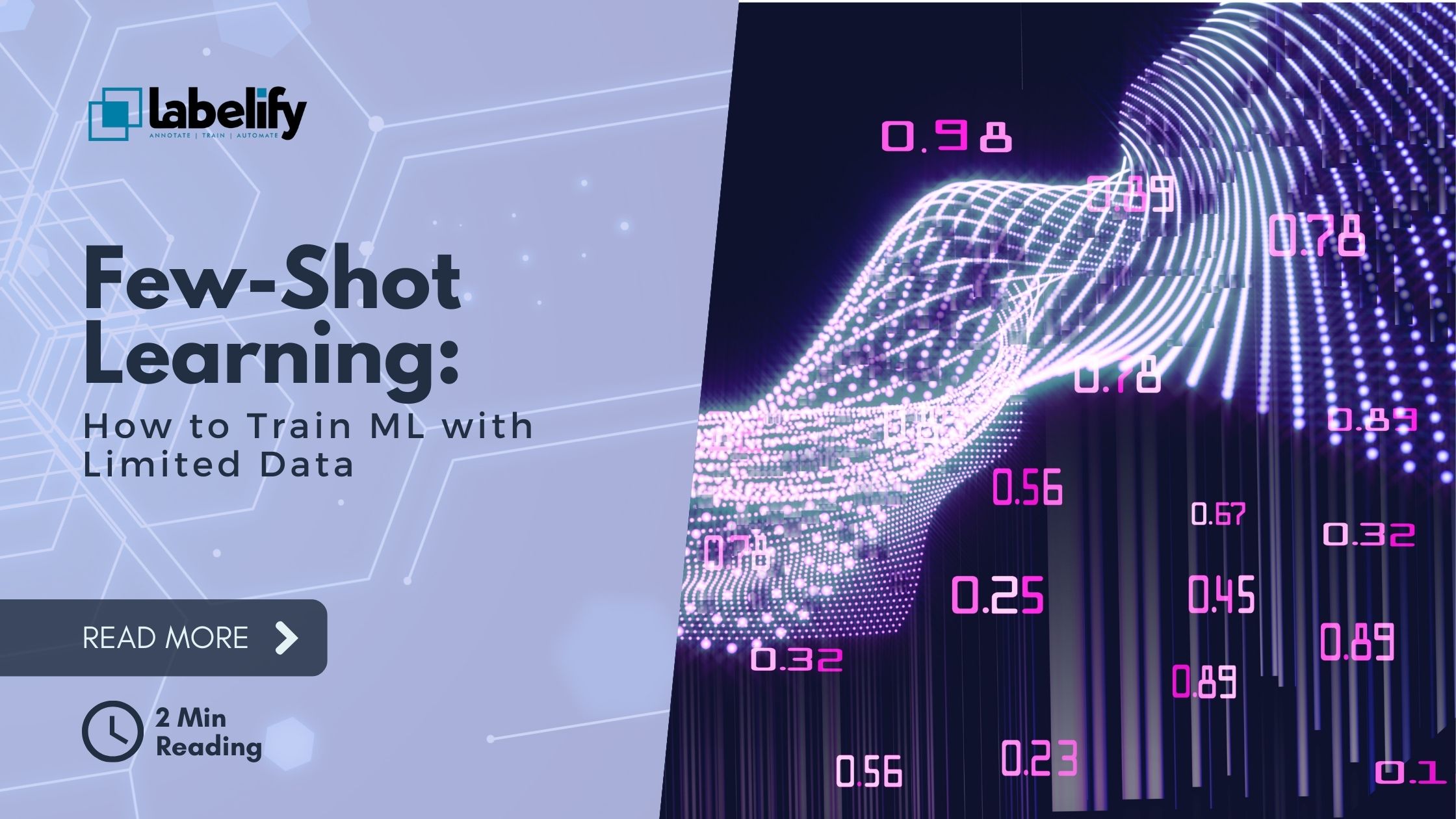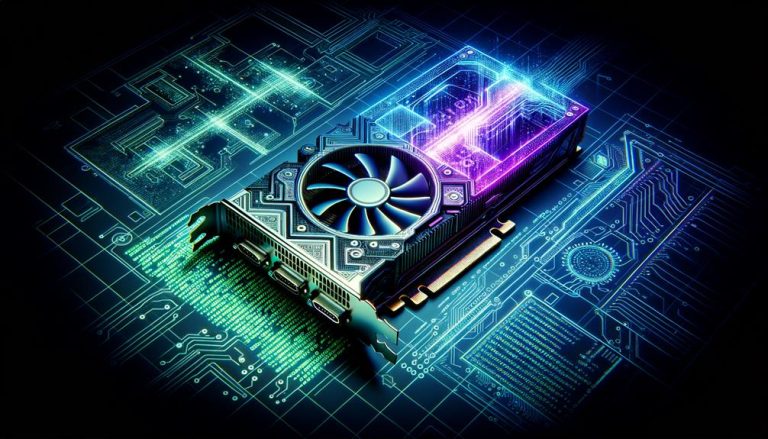We are thrilled to bring you on a transformative journey into the world of Few-Shot Learning (FSL). With FSL, we can revolutionize how machines learn and adapt, unlocking their potential to generalize from just a few examples.
By leveraging the power of FSL, we can liberate computers from the burden of data collection and annotation, empowering them to learn from rare cases and scarce data.
Join us as we explore the techniques, algorithms, and applications that will shape the future of learning.
Key Takeaways
- Few-Shot Learning is a meta-learning approach that generalizes well to unseen tasks with just a few examples.
- Few-Shot Learning is particularly useful in Computer Vision when training examples are hard to find or data annotation costs are high.
- Prior knowledge, data augmentation, and generative adversarial networks can help in building viable models from a few examples.
- Model-Agnostic Meta-Learning (MAML), Prototypical Networks, and Matching Networks are popular algorithms used in Few-Shot Learning.
Understanding Few-Shot Learning Basics
How can we understand the basics of Few-Shot Learning?
Few-shot learning techniques are paving the way for a revolutionary approach to machine learning. With the ability to generalize well to unseen tasks with just a few examples, machines can now learn rare cases and discriminate between multiple classes using a minimal amount of training data. This not only reduces data collection and annotation costs but also allows computers to learn from a few examples like humans.
To evaluate the effectiveness of few-shot learning algorithms, various evaluation metrics have been developed, taking into account factors such as accuracy, precision, and recall. These metrics provide a comprehensive understanding of the performance and capabilities of few-shot learning models.
Importance of Prior Knowledge in FSL
To understand the importance of prior knowledge in Few-Shot Learning (FSL), we need to recognize that ML models learn embeddings that separate different classes even when unseen.
Incorporating prior knowledge in FSL offers several benefits:
- Enhanced Generalization: Prior knowledge helps constrain the learning algorithm, enabling better generalization to unseen tasks with limited examples.
- Improved Performance: Data augmentation plays a crucial role in improving few-shot learning performance. By generating more data, it increases the diversity and variability of the training set, helping the model learn more robust representations.
By leveraging prior knowledge and employing data augmentation techniques, we can build viable models from a few examples, reducing data collection and annotation costs. This empowers machines to learn rare cases and tackle challenges where training examples are scarce.
In the future, incorporating prior knowledge and using advanced data augmentation methods will continue to enhance the capabilities of few-shot learning, enabling even greater liberation in AI applications.
Different Approaches in Few-Shot Learning
Incorporating prior knowledge and employing data augmentation techniques enhance the capabilities of few-shot learning.
Exploring different approaches in this field is essential for further advancements.
To evaluate the effectiveness of few-shot learning algorithms, a comprehensive few-shot learning evaluation framework can be established.
This framework should include metrics such as accuracy, precision, recall, and F1 score to assess the performance of different algorithms.
Moreover, a comparison of few-shot learning algorithms can be conducted to identify their strengths and weaknesses.
This comparison should consider factors such as computational efficiency, scalability, and robustness to variations in the training data.
Overview of Few-Shot Learning Algorithms
Few-shot learning algorithms encompass a range of approaches that enable machines to learn new tasks with only a few examples and prior knowledge. These algorithms are designed to bridge the gap between AI and human learning, empowering machines to quickly adapt and generalize from limited data.
In the field of few-shot learning, evaluation metrics play a crucial role in assessing the performance of different algorithms. These metrics measure the model's ability to generalize to unseen tasks and accurately classify new examples. When comparing few-shot learning algorithms, researchers consider factors such as accuracy, scalability, computational efficiency, and robustness.
Application of Few-Shot Learning in Object Detection
We will now explore how few-shot learning can be applied to object detection.
In a futuristic world, few-shot learning revolutionizes the field of object detection by enabling machines to detect and localize objects with limited supervision. This innovation finds applications in various domains, including medical image analysis and natural language processing.
In medical image analysis, few-shot learning empowers machines to identify and analyze medical images with only a few examples, leading to faster and more accurate diagnoses.
Similarly, in natural language processing, few-shot learning allows machines to comprehend and process text with minimal training data, opening up possibilities for more efficient language understanding and generation.
Exploring Few-Shot Learning Use Cases
Continuing our exploration of few-shot learning, let's dive into the various use cases where this innovative approach can be applied.
In the field of natural language processing, few-shot learning has the potential to revolutionize language understanding and generation. With just a few examples, machines can learn to comprehend and generate human-like text, liberating us from the constraints of traditional rule-based systems.
Additionally, in the realm of medical imaging, few-shot learning holds immense promise. By leveraging a small number of training examples, medical professionals can quickly and accurately diagnose diseases, enabling faster and more personalized treatment plans. This breakthrough in healthcare could lead to improved patient outcomes and a more efficient healthcare system overall.
The possibilities for few-shot learning in these domains are truly visionary, paving the way for a future where machines can rapidly learn and adapt to new tasks with minimal data.
Recent Research Papers in Few-Shot Learning
In this section, we'll explore some of the recent research papers in the field of Few-Shot Learning.
The current trends in few-shot learning research are focused on developing robust evaluation metrics and advancing the state-of-the-art algorithms. These research papers aim to push the boundaries of what's possible in few-shot learning and pave the way for future advancements.
One notable paper is 'DPGN: Distribution Propagation Graph Network for Few-shot Learning', which introduces a novel approach for modeling the distribution of few-shot classes using a graph network.
Another significant contribution is 'Differentiable Prompt Makes Pre-trained Language Models Better Few-shot Learners', which explores the use of prompts to improve the few-shot learning capabilities of pre-trained language models.
These research papers showcase the innovative and visionary work being done in the field, bringing us closer to unlocking the full potential of few-shot learning.
Challenges and Limitations in Few-Shot Learning
Exploring the challenges and limitations of few-shot learning reveals the intricacies of training models with limited examples and highlights the need for further research and development.
In the realm of data annotation, one of the challenges is the scarcity of labeled data, which hinders the training process. This necessitates the development of more efficient and accurate annotation techniques.
Additionally, in the domain of healthcare, few-shot learning holds great potential for various applications. It can assist in diagnosing rare diseases with limited patient data, enabling faster and more accurate treatment. Furthermore, it can aid in personalized medicine by predicting individual patient responses to different treatments based on a small dataset.
However, to fully harness the power of few-shot learning in healthcare, it's crucial to address the challenges in data annotation and further enhance the robustness and reliability of the models.
Step-by-Step Guide to Implementing Few-Shot Learning
To delve into the implementation of few-shot learning, let's now explore a step-by-step guide that will help us effectively utilize this powerful technique.
When it comes to implementing few-shot learning, there are several key techniques to consider.
First, we need to select a suitable few-shot learning algorithm, such as Model-Agnostic Meta-Learning (MAML), Prototypical Networks, or Matching Networks.
Once we've chosen our algorithm, we can move on to preparing our data. This involves creating a support set, which consists of a few labeled examples for each class, and a query set, which contains examples to be classified.
Next, we train our model using the support set and fine-tune it using the query set.
Finally, we evaluate the performance of our model by testing it on a separate set of few-shot learning tasks.
Future Directions and Potential of Few-Shot Learning
Moving forward, let's delve into the future directions and potential of few-shot learning and explore how this innovative approach can continue to revolutionize the field of artificial intelligence.
- Potential Directions
- Integration with Reinforcement Learning: Combining few-shot learning with reinforcement learning can enable agents to learn new tasks quickly with minimal training.
- Cross-domain Few-Shot Learning: Extending few-shot learning to different domains, such as natural language processing or robotics, can unlock new applications and possibilities.
- Future Advancements
- Meta-learning Optimization: Developing more efficient and effective meta-learning algorithms can enhance the adaptation and generalization capabilities of few-shot learning models.
- Improved Data Augmentation Techniques: Advancements in data augmentation methods can help generate more diverse and realistic training examples, further improving few-shot learning performance.
With these potential directions and future advancements, few-shot learning holds the promise of empowering AI systems to rapidly acquire new knowledge and skills, paving the way for more intelligent and adaptable machines.
Frequently Asked Questions
What Are the Main Challenges and Limitations in Few-Shot Learning?
The main challenges and limitations in few-shot learning include overcoming data scarcity and adapting to new tasks.
We envision a future where AI systems can effortlessly learn from just a few examples, liberating us from the constraints of large labeled datasets.
By developing innovative algorithms and leveraging prior knowledge, we can empower machines to generalize and adapt to new tasks with limited data.
This will revolutionize AI applications, making them more accessible and cost-effective while pushing the boundaries of what machines can learn.
How Does Few-Shot Learning Bridge the Gap Between AI and Human Learning?
Few-shot learning bridges the gap between AI and human learning by enabling machines to learn new tasks with just a few examples and prior knowledge. This revolutionary approach overcomes data scarcity challenges and reduces costs, making AI more accessible and empowering for all.
With few-shot learning, we can unlock the true potential of AI, allowing it to learn like humans do, adapting quickly to new situations and solving complex problems with minimal training data.
The advantages of few-shot learning pave the way for a future where AI and human intelligence coexist harmoniously, leading to limitless possibilities and liberation for all.
What Are Some Potential Future Directions and Applications of Few-Shot Learning?
In the future, few-shot learning has the potential to revolutionize natural language processing and robotics.
By leveraging the power of prior knowledge and a small number of examples, machines will be able to understand and generate human-like language with minimal training data.
In robotics, few-shot learning will enable robots to quickly adapt to new tasks and environments, making them more versatile and efficient.
This technology holds the promise of liberating AI from the limitations of data scarcity, opening up endless possibilities for innovation and advancement.
Can Few-Shot Learning Be Applied to Domains Other Than Computer Vision?
Yes, few-shot learning can be applied to domains other than computer vision.
In natural language processing, it can enable machines to understand and generate human-like language with minimal training data.
In robotics, few-shot learning can allow robots to quickly adapt to new tasks and environments, reducing the need for extensive manual programming.
The potential for few-shot learning in these domains opens up exciting possibilities for empowering machines to learn and perform complex tasks with limited data, ultimately leading to greater autonomy and liberation.
How Does Prior Knowledge in Few-Shot Learning Help in Building Viable Models From a Few Examples?
Leveraging prior knowledge in few-shot learning is crucial for building viable models from a few examples. It allows us to transfer knowledge from related tasks and exploit the structure and variability of the data.
This approach reduces the reliance on large amounts of training data and lowers computational costs. By incorporating transfer learning, we can create intelligent systems that learn like humans, adapt to new tasks with minimal examples, and overcome the challenges of data scarcity.
It paves the way for a future where learning is liberated from data limitations.
Conclusion
In conclusion, Few-Shot Learning (FSL) holds immense potential in revolutionizing the way machines learn and adapt. By leveraging FSL, machines can now learn from a few examples, reducing the burden of data collection and annotation.
With its ability to generalize well to unseen tasks, FSL empowers computers to learn from rare cases, just like humans do.
As we continue to explore the techniques and applications of FSL, we're paving the way for a future where machines can learn and adapt with incredible efficiency and speed.




